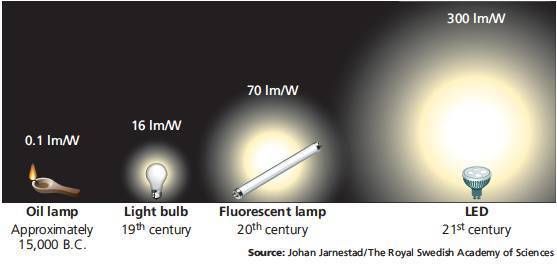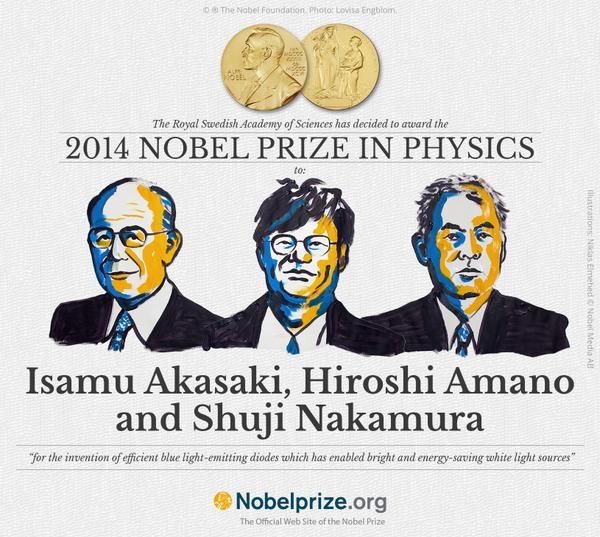Blue L.E.Ds - Lights That Changed The World
Apr 27, 2019 • 105 views
In this modern world, it can be easy to take for granted just how much work and research went into developing the things we use every day. Smartphones, TVs, computers and many modern gadgets are made possible by power efficient LED screens. Lighting accounts for 20-30% of global electricity consumption and about 6% of greenhouse gas emission. Given that LED bulbs use around 80% less energy, and last 25 times longer than incandescent lighting, they have the greatest potential impact on energy savings globally.
Three scientists who invented the LED were awarded the Nobel Prize in physics back in 2014. In the same way that Thomas Edison’s filament bulb replaced gas lighting in the 19th century, LEDs are poised to be the next big generation of lighting technology. They are efficient, long lasting and by the year 2050, they’re expected to completely replace fluorescent and incandescent bulbs.

Now talking about blue LEDs, they weren’t commercially available until 1993. Without them, so much of our modern tech world not be possible, from cell phone displays to energy efficient light bulbs. Blue LEDs were such an important advancement which helped the scientists win the Nobel Prize.
In 1961, Gary Pittman and James R Biard of Texas Instruments accidentally invented the first practical light emitting diode while trying to make a laser diode. The first LEDs weren't visible to the human eye. This technology was later used in TV remotes. In the next 3 decades, advancements were made to include red and green but they couldn’t successfully make a blue LED which was needed to make white light. It wasn’t until the 90s, when Shuji Nakamura developed the first high-brightness blue LED.

Since then, the technology has advanced at a remarkable rate. They are roughly 15 times more efficient than incandescent bulbs. Solar panels and small batteries are more than enough to power the current LEDs in the market, making it more portable than ever before. This is important as more than 1.2 billion people in the world lack electricity. Most of the households of that 1.2 billion people are still burning wood or gas for light which is highly inefficient and causes air pollution which according to WHO (World Health Organization) kills more people every year than AIDS, malaria and tuberculosis combined.
The small energy efficient and bright LEDs started a light revolution and are now used in almost every piece of electronics. Without it, much of what we use today wouldn’t be possible. Plus, LED bulbs just like any technology is constantly getting cheaper over time. Eventually the hope is that every household in the world will have access to LEDs that developed nations utilized for more than a decade now.
